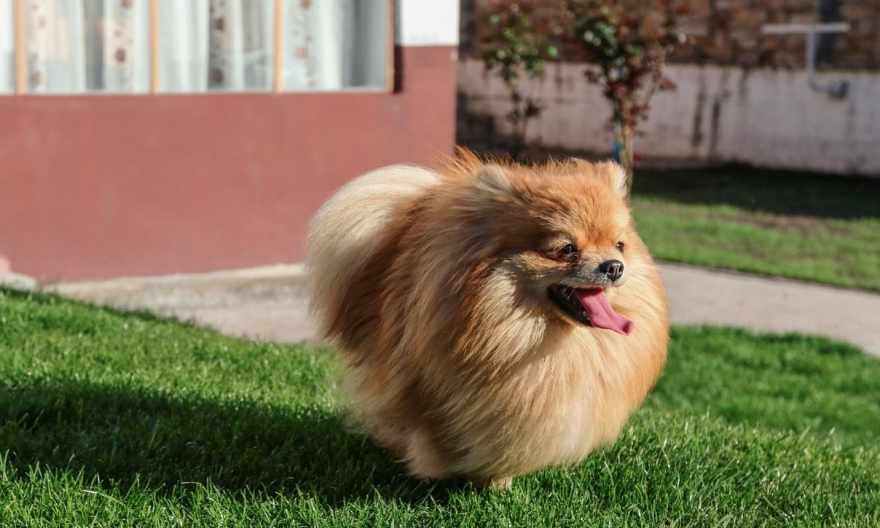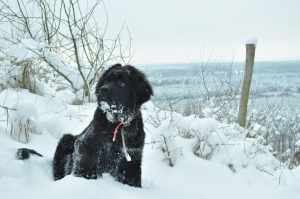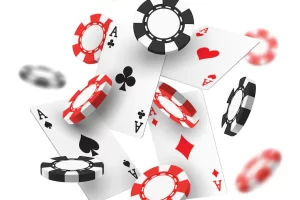
Table of Contents
For some people, the dander on a dog creates an allergic reaction requiring them to either search for a hypoallergenic dog that does not shed or suffer through life without the joy of a furry companion. Others relish the long, luscious locks of dog that sheds but don’t quite have the techniques down for managing the resultant maintenance.
The requirements will be different for each breed and depending on the type of coat. For some, shedding is merely a seasonal occasion, typically in the spring and fall, but others, like the dear Golden Retriever with his thick, double coat, create year-round upkeep.
Seasonal shedders will develop a light coat in the spring to prepare for the heat of the summer. The fall coat becomes thick again for the cold, bringing with it more evidence that there is a heavier load of hair throughout the house wherever puppy has his slumber.
Dog Breeds With Longer Luscious Locks
Some dogs carry a beautiful coat of a lovely flowing “mane.” These pups are the cuddle bugs of the species, but with extra furry goodness comes shedding and much more maintenance – cannot have bonuses without a little extra work. Specific breeds dog that sheds a bit more than others like:
- Newfoundland
- Labrador Retriever
- Pekingese
And some have a longer coat or double-coat where there is a “downy undercoat underneath the outer surface noted to be more durable. These include:
- Collies
- Pomeranians
- Pembroke Welsh Corgis
You can see these pups online with https://www.holistapet.com/dog-breed-guide/ along with some of the dogs that pretty much never drop a single hair like:
- Poodles
- Dachshunds
- Border Terriers
And some puppies have short hair that is virtually invisible when it falls off like:
- Pugs,
- Beagles
- German Shorthaired Pointers
Whether your dog that sheds more or not, a key component for care is brushing and grooming. It’s merely a matter of determining the type of coat the dog has, how it needs tending to, and how often.
Brushing and combing remove dead hairs, as do baths with the use of “follicle/pore-dilating” shampoos. Believe it or not, some dogs will let you (gently!) vacuum them. But other pups have a great fear of the vacuum cleaner, so you need to be careful with attempting this by seeing how the puppy reacts when you’re vacuuming the carpets.
Managing Dog Breeds With Long Coals (Double Coats)
The dogs with the downy undercoat will take substantially more maintenance than most other pups. They are also the ones that will keep you warm on the coldest winter night. For these, you will want to follow a specific regimen:
- Brush: The tool to reach beneath the tough outer surface coat is called a “slicker brush” meant to grab those dead hairs matting up the downy undercoat. With this brush, you’ll move back and forth in both directions removing the hair from this brush with each swipe until there is no more coming out.
- Rake: When you notice the shedding getting particularly heavy, there is a “rake” tool that you can pull along the fur in the direction of the growth pulling up and out at the end.

There are also specific shed tools that have blades with which you want to be gentle. For mats or tangles that you find. You should not use this tool but rather a steel comb or what’s called a “mat splitter” instead.
Some pups have underlying health conditions, including endocrine disorders like “hypothyroidism,” or there are potentially congenital problems like “follicular dysplasia” creating higher instances of hair loss. It is also possible for the dog to develop allergies resulting in loss of hair and skin issues.
If you believe your canine sheds at an excessive level or if pup is developing bald spots in his coat and/or skin irritation, it is essential that you visit the animal’s regular vet. There is likely an underlying condition that needs addressing.
Some people love their extra furry babies, and some prefer fine-haired features. See this for dogs that lose minimal fur.
Whomever you bring home, it’s necessary to take extra special care of all breeds. That means grooming and brushing regularly according to the individual, unique needs.




